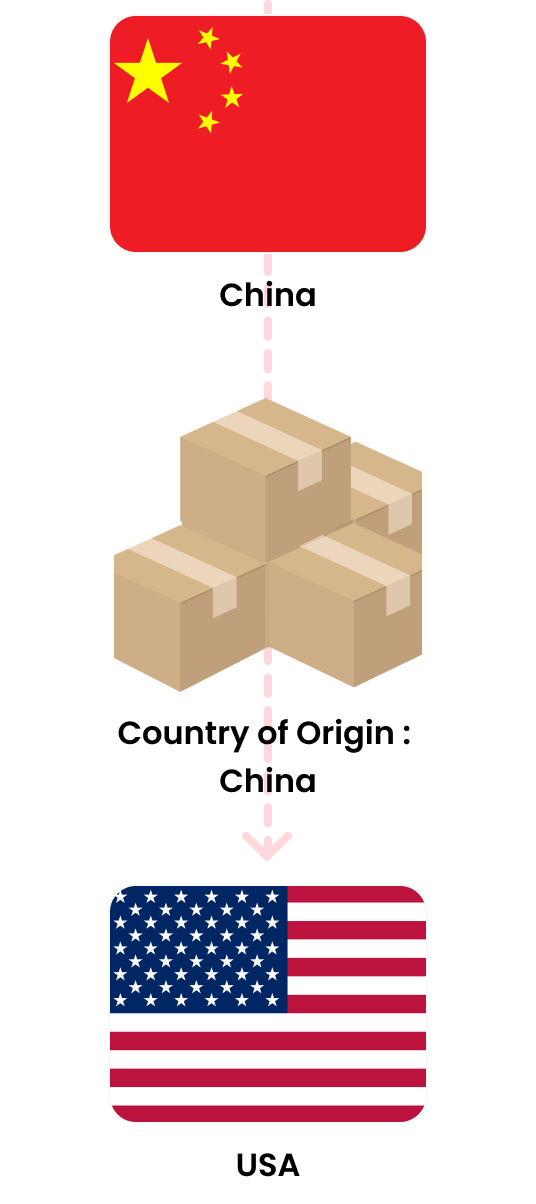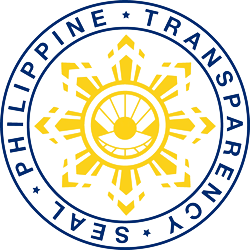Overview of the USA-GSP Case Model
The US-Philippines Generalized System of Preferences (GSP) offers Philippine exporters a unique opportunity to expand their reach into the US market by providing duty-free access to a wide range of products.


This case model is designed to educate and empower Philippine exporters—particularly small and medium-sized enterprises (SMEs)—to capitalize on the GSP program. By reducing tariffs, streamlining export processes, and offering valuable market insights, this model aims to make Philippine goods more competitive in the United States, thereby fostering economic growth and creating new opportunities for businesses in the Philippines. Through targeted training, compliance support, and strategic partnerships, Philippine exporters can maximize the benefits of the GSP, enhancing their profitability and market presence in the US.
Current Status of USA-GSP


As of 2024, the Philippines continues to benefit from the US Generalized System of Preferences (GSP), which allows duty-free access for thousands of products exported to the United States. However, utilization of the GSP by Philippine exporters has been inconsistent, with some sectors fully leveraging the benefits while others remain underutilized.
Challenges include limited awareness of the program, compliance with eligibility requirements, and the need for more streamlined processes to fully exploit the GSP's advantages. The agricultural and manufacturing sectors have seen moderate success, but there's potential for broader participation. Regarding negotiations, the Philippines is actively engaging with the United States to ensure the continued inclusion of its products under the GSP. There have been ongoing discussions aimed at expanding the list of eligible products and addressing concerns related to labor standards, intellectual property rights, and other trade-related issues. The goal is to secure a more favorable and stable trade relationship that benefits both countries, with an emphasis on increasing the overall utilization of the GSP by Philippine exporters.
Value Proposition
If the GSP is extended, SMEs should be encouraged to participate because the GSP is advantageous for Philippine exporters due to the following value propositions.
Cost Savings
Duty-Free Access Exporters can save on tariffs for eligible products, making their goods more price-competitive in the US market.
Increased Margins Savings on import duties can translate into higher profit margins or more competitive pricing.
Market Access
Expanded Reach Access to the US market, which is one of the largest consumer markets in the world.
Product Diversification Opportunity to export a wider range of products under the GSP program.
Simplified Process
Streamlined Export Procedures Educating exporters on the documentation and requirements to qualify for GSP, making it easier for businesses to navigate the system.
Export Growth Through Production Hub-Based GSP Utilization in the Philippines
The ongoing US’s trade war, characterized by retaliatory tariffs, has disrupted global supply chains and created new opportunities for countries like the Philippines. By positioning itself as an alternative production hub and utilizing the US Generalized System of Preferences (GSP), the Philippines can capitalize on this situation to boost its exports to the United States.
For example
The US-China retaliatory tariffs present a unique opportunity for the Philippines to position itself as a key alternative production hub for US imports. By leveraging the US GSP, strengthening local production capabilities, and attracting foreign investment, the Philippines can significantly boost its export growth.
*When exporting directly to USA


*When Using Philippines as Production HUB







